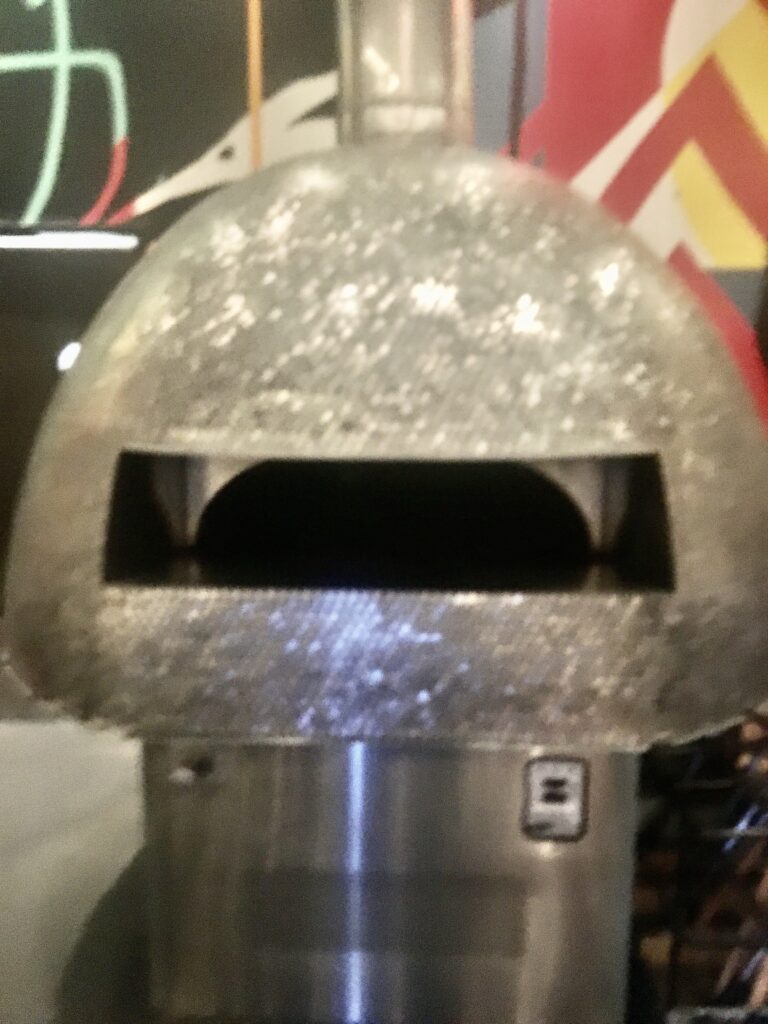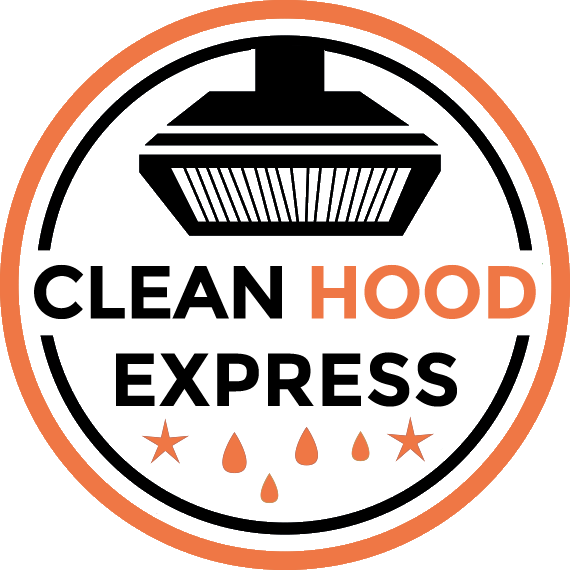Ask Me Anything: 10 Answers to Your Questions About Restaurant Kitchen Hoods
Commercial kitchen exhaust hoods are easy taken for granted. The following article answers the most common questions kitchen exhaust hood cleaners hear.

Top 10 Questions Related to Restaurant Kitchen Exhaust Hoods
Here are answers to the top questions that one may need to understand everything about restaurant kitchen hoods. These answers will clear some common misconceptions that some restaurant owners may have related to kitchen exhaust hoods and their maintenance.
When are kitchen exhaust hoods required?
Commercial kitchen exhaust hoods are required in commercial and institutional cooking kitchens. That includes food truck exhaust hoods. Most kitchen hood systems require fire suppression in conjunction with the kitchen exhaust hood. Hoods can be exhausted through up-blast fans or through self cleaning pollution control kitchen hood exhaust systems.
What hood options do I have for a ground-floor restaurant in a mid-rise building?
You may use a roof or exterior wall, depending upon the building plan. Kitchen exhaust hoods venting to the building roof will have an access panel for inspection and cleaning every 10 feet as well as one at ever offset. Exterior wall mounted fans are common in multi floor buildings. These kitchen exhaust hood systems vent to a wall mounted up-blast fan. These systems will have access panels at each offset and 10 foot section of duct for cleaning and inspection. Local building codes govern the placement of roof fans.
How does the kitchen layout affect exhaust system requirements, and what is a makeup air system?
The air quality of your kitchen and restaurant will depend on the three factors. One – a clean kitchen exhaust system. A dirty system can not pull air through the duct. This leaves hot air in the kitchen. Two – properly balance make up air. The make up air is air drawn from outside that vents near the edge of the kitchen exhaust hood system. The make up air should be pulled into the kitchen hood and be balanced to the amount of air being sucked out through the exhaust hood. If the kitchen exhaust is dirty and not functioning properly and or the make up air is pushing too much outside air into the kitchen the area will get quickly overheat. Third – properly maintained HVAC in the kitchen. This ensures a cool dehumidified work environment.
The ventilation system of the commercial kitchen should be well-designed so that the ventilation supply is equal to the air exhausted with the vent hoods. In commercial kitchens, the traditional HVAC system may not supply fresh air. Therefore, you need a supplemental make-up air unit to ensure there is fresh air from outside.
What are the owner’s responsibilities in regards to cleaning the kitchen exhaust system?
The owner of the restaurant is personally responsible for testing, maintaining, inspecting, and cleanliness of the ventilation system as per the NFPA-96 section 4.1.5. Therefore, the owner is responsible for checking the ventilation and hood system to ensure it is free from grease and buildup. Most owners hire professionally trained and certified hood cleaning contractors to inspect and clean their kitchen exhaust hood systems on a quarterly or semi annual basis depending on National Fire Protection Association requirements.
How often should I get the kitchen exhaust hood system cleaned?
As per the National Fire Protection Association code, the cleaning requirement will depend upon the cooking volume of the kitchen and the fuel used. For solid fuel cooking operations, you will need monthly cleaning. A system with a high volume cooking operation will require quarterly cleaning. Systems with moderate and low volume will require semi-annually and annually cleaning, respectively. Fortunately there is a grease depth text that can be performed by a certified hood cleaning contractor that will determine the cleaning frequency.
Is there any reference standard for the kitchen hood being cleaned?
The ideal way to find out if the kitchen exhaust hood is clean is to have a certified cleaning company inspect it at each cleaning. Accumulation of grease, dust, and grime on the surface in excess of limits would indicate a more frequent cleaning schedule. Daily or weekly inspection of the grease cups and grease trough by kitchen staff is prudent to maintain optimal kitchen hood performance. Cleaning should expose the bare metal in its original form.
Why do I need access doors?
You need access doors to ensure there is ample space to clean the kitchen exhaust system. To reach different parts such as ductwork and fan blades, you will ensure openings are installed in the wall. As per the codes, the openings should be at a minimum of twelve feet of horizontal ductwork and on every floor of vertical ductwork.
Do I really need documentation?
Yes. As per the NFPA-96 sections, you need to have a certificate from the kitchen exhaust hood cleaning service. It must include the name of the person performing the work, the date of inspection, along with the name of the servicing company.
Do I need an exhaust hood for the pizza oven?
Yes, you do need a hood for a pizza oven. However, the hood cleaning schedule is dependent on the type of oven. Conveyor ovens typically require quarterly or semi annual kitchen hood cleaning by a certified hood cleaning company due to the release of grease laden vapors and multiple types of foods being cooked in conveyor ovens. Traditional gas fired pizza ovens typically are cleaned annually because pizza does not generally release a lot of grease laden vapors into the kitchen exhaust system. Traditional gas fired pizza ovens installed on the line with fryers and grills would require quarterly cleaning. Gas assisted wood burning pizza ovens require monthly kitchen exhaust hood cleaning per the national fire protection association code.
Do I need a hood for the steam kettle?
You may not consider a steam kettle to be kept under an exhaust hood. However, it produces steam and steam holds oil so they need to under a kitchen exhaust hood. Most often steam hoods are cleaned semi annually or more frequently for cleanliness rather than grease build up.

0 Comments